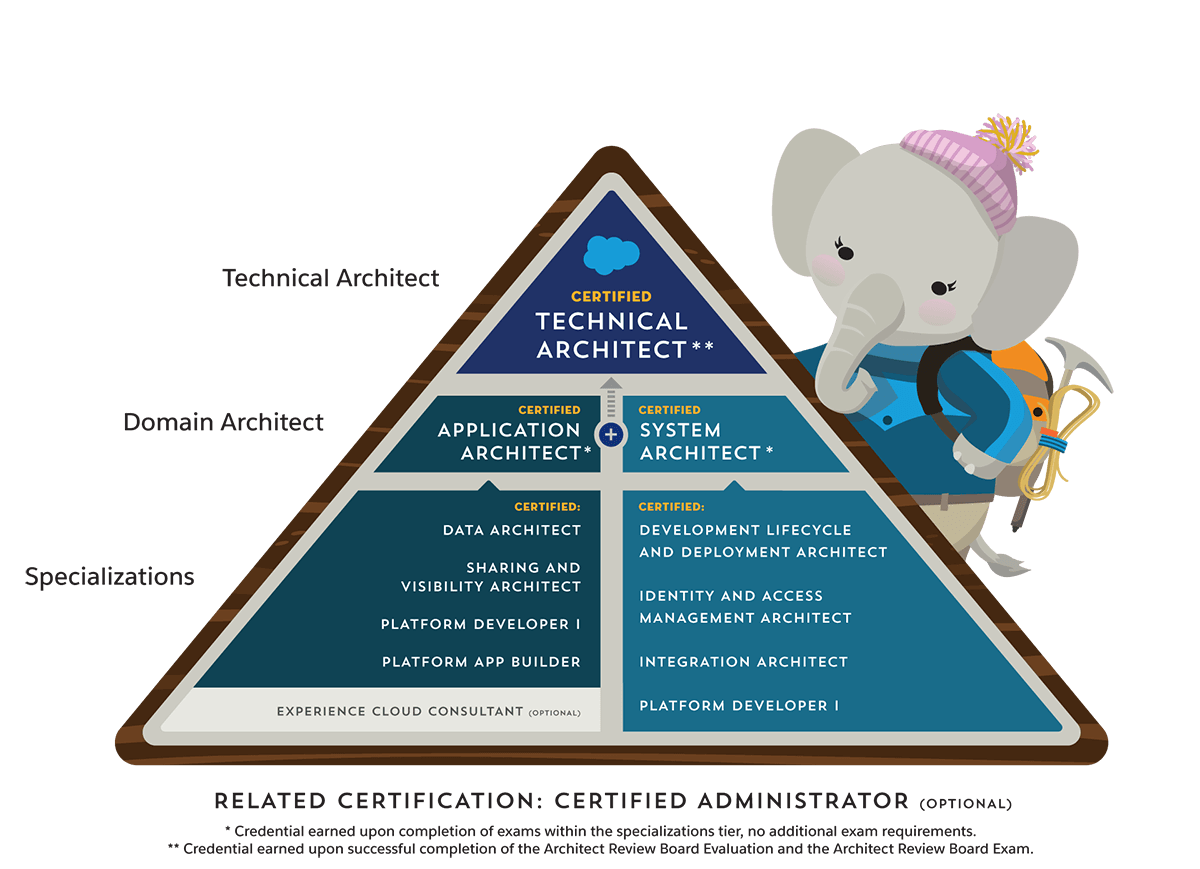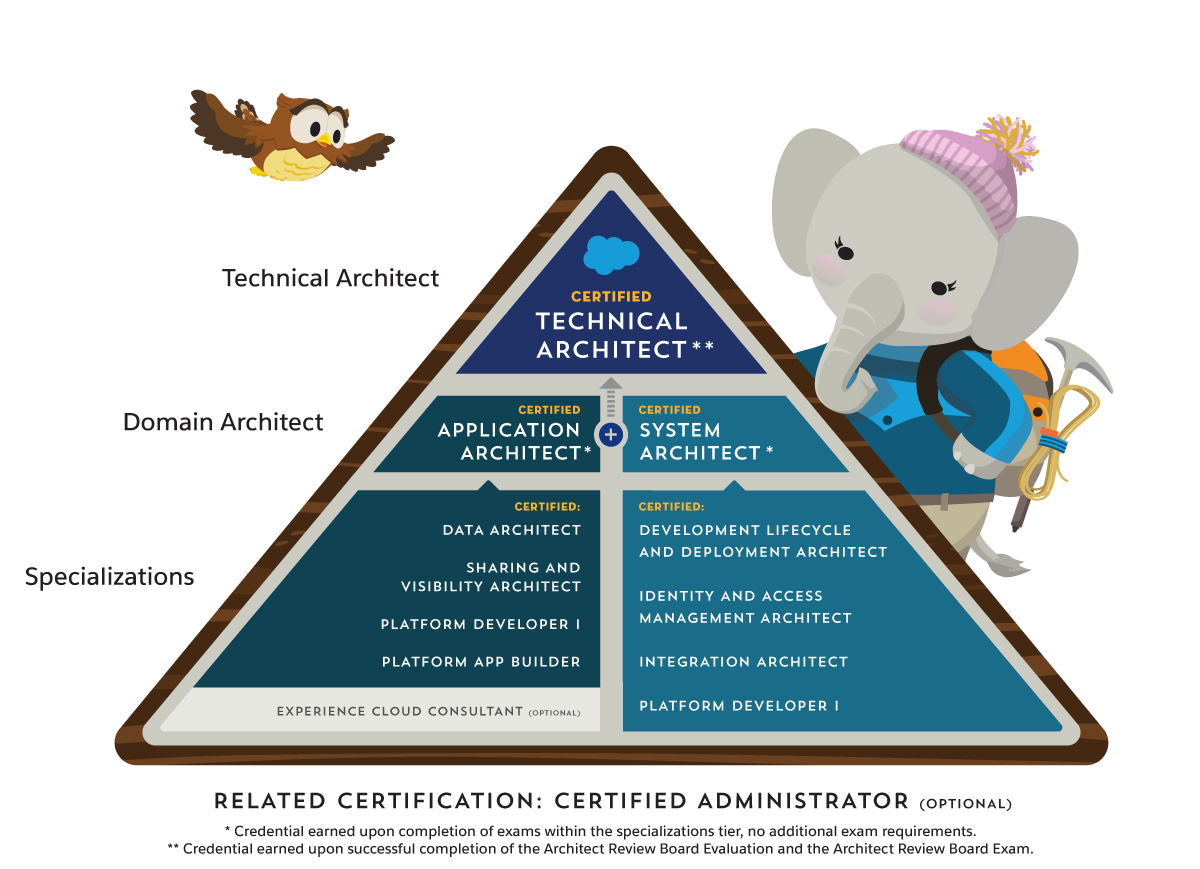Table Of Content

And so, with the Salesforce1 launch, this team of plucky visionaries begins documenting a pattern library and building an initial style guide for design teams. The Salesforce1 engineering team chooses the term design tokens to describe style guide values that work across native operating systems and web applications. Denise is a conversation designer who is designing and crafting generative AI and conversational AI products at Salesforce. It focuses on the process of designing an interaction between a user and a system, via voice or text, based on the principles of human-to-human conversation. Basically, it’s the art and science of how people interact with one another.
Get Started with the Salesforce Lightning Design System (SLDS)
Component Blueprints give you code blocks to build certain components such as the Activity Timeline. The components don’t do much on their own, but put those blocks together and you can build almost anything. A design system is a collection of repeatable design patterns and reusable code, referred to as components. The design system team constantly solicits feedback and updates the system to meet the needs of both consumers and contributors. And as new challenges like exponential corporate growth emerge, SLDS will thoughtfully evolve to meet them while upholding its cohesive experience vision.
Meet designers at Salesforce.

Use SLDS styles to give your custom Lightning web components a UI that is consistent with Salesforce, without having to reverse-engineer our styles. And best of all, it just works with Lightning components running in Lightning Experience and in the Salesforce mobile application. Salesforce designers are passionate about creating human-centered experiences on the Salesforce Platform. We lead with values front and center — building trust into every tool, experience, and service. One of the great things that makes SLDS stand out from other design systems is its implementation-agnostic approach. Implementation-agnostic is a fancy way of saying that you don’t have to adopt a specific framework in order to use SLDS.
Welcome to the Salesforce Lightning Design System (SLDS)
In response to customer requests, Salesforce launches the world’s first open-source enterprise design system at lightningdesignsystem.com, allowing anyone to use SLDS. Our story opens in 2013, two years before the launch of Lightning Experience. Salesforce is growing fast, has just acquired ExactTarget, and is poised to launch its first full mobile version of the Salesforce platform, Salesforce1. Lightning Web Components, commonly referred to as LWC, is the next major evolution of our base components and how we implement blueprints. The big difference here is that LWC is built around modern web standards and is natively supported by modern web browsers. So it has some advantages—particularly if you’re not used to developing on the Salesforce Platform.
A look inside the new Redwood Oracle UI design - TechTarget
A look inside the new Redwood Oracle UI design.
Posted: Wed, 11 Dec 2019 08:00:00 GMT [source]
When designing an interaction between a user and the system, it’s important to consider the diverse ways humans communicate information. Read about usage and visual specifications for icons on the Iconography design guideline. For implementation instructions, visit the icon component blueprint page. This animation demonstrates the behavior of a responsive grid with three components. Note that the column span of components varies depending on the resolution. The Lightning Design System grid, based on Flexbox, provides a flexible, mobile-first, device-agnostic scaffolding system.

Design guidelines are the principles and best practices that guide the user experience through common interaction patterns. Guidelines provide extensive instruction around user interface patterns, behaviors, markup, styling, voice and tone, and accessibility. Reusable elements benefit designers, who design experiences efficiently by reusing existing interaction patterns.
utility Iconsutility Icons
You use tokens in place of hard-coded values to maintain a scalable and consistent visual system. For example, instead of using a hex value for color, you use a variable. Component blueprints are framework agnostic, accessible HTML and CSS used to create components in conjunction with our implementation guidelines. Inclusivity is a core principle in designing for diversity in the world of AI and LLMs.
AI ethics should be hardcoded like security by design - ZDNet
AI ethics should be hardcoded like security by design.
Posted: Thu, 30 Jun 2022 07:00:00 GMT [source]
Utility
Focusing on how each individual element relates to the overall user experience, the objective is to design systems that satisfy users’ needs as specified in system requirements. The Salesforce Lightning Design System includes the resources to create user interfaces consistent with the Salesforce Lightning principles, design language, and best practices. Rather than focusing on pixels, developers can focus on application logic, while designers can focus on user experience, interactions, and flows. By 2018, the Salesforce platform has fully embraced SLDS, which is releasing regular updates affecting the whole Salesforce platform.
Design Guidelines
We aim to design a diversity of ways for users to participate – by language, dialect, culture, and style – to allow for globalization at scale for the widest breadth of users. Whether you choose to go for a combination of HTML and SLDS classes or Lightning components, make sure that you consider the user experience on different devices. The syntax differs between these two approaches, but the responsive capabilities remain the same. FlexibleThe SLDS grid enables you to build responsive pages with concepts similar to Bootstrap. You can position components on columns and rows with specific settings for different screen resolutions. Based on FlexboxFlexbox (short for flexible boxes) is a layout mode that is part of CSS3, a standard implemented by all modern browsers.
Users may include personal notes to supplement a case or meeting summary to provide additional context. But, such a note is a form of unstructured data that can contain ambiguities or nuances. Explicitly instructing the model on the specific information to extract from the given data will help ensure the LLM processes it correctly and generates relevant outputs. Everyone has their own preference when it comes to formatting style. For example, they may use bullet points, lists, or a narrative.
These components assist developers in using SLDS grids without having to directly use CSS classes. Layout represents a grid and layoutItem represents a component that’s part of a grid. With a couple of properties, these components generate the right CSS classes behind the scene. This sounds like a lot of effort, but you’ll learn that with SLDS grids and Lightning layout components it becomes simple.
We get into how to create your own components from SLDS blueprints in the next unit. You can use blueprints to build your components in whatever web technology you want. For instance, you could leverage blueprints to build React components. Or you could use one of several out-of-the-box implementations of blueprints that exist today. One of those implementations is called Lightning Components, and they’re a big part of developing with SLDS.
You benefit from the power of the SLDS grid every time you use the Salesforce Lightning Experience. 29x Trailhead Certified, 11x Accredited Professional, 2x Slack Certified with 5+ years experience of working on the platform. To get started, head to the vast documentation provided by Salesforce on how to use the Lightning Design system. You can use SLDS in Lightning Components to ensure a standard look and feel when compared to the standard UI. The SLDS can be used in both Aura and Lightning Web Components, however, be sure of the differences noted here.

No comments:
Post a Comment